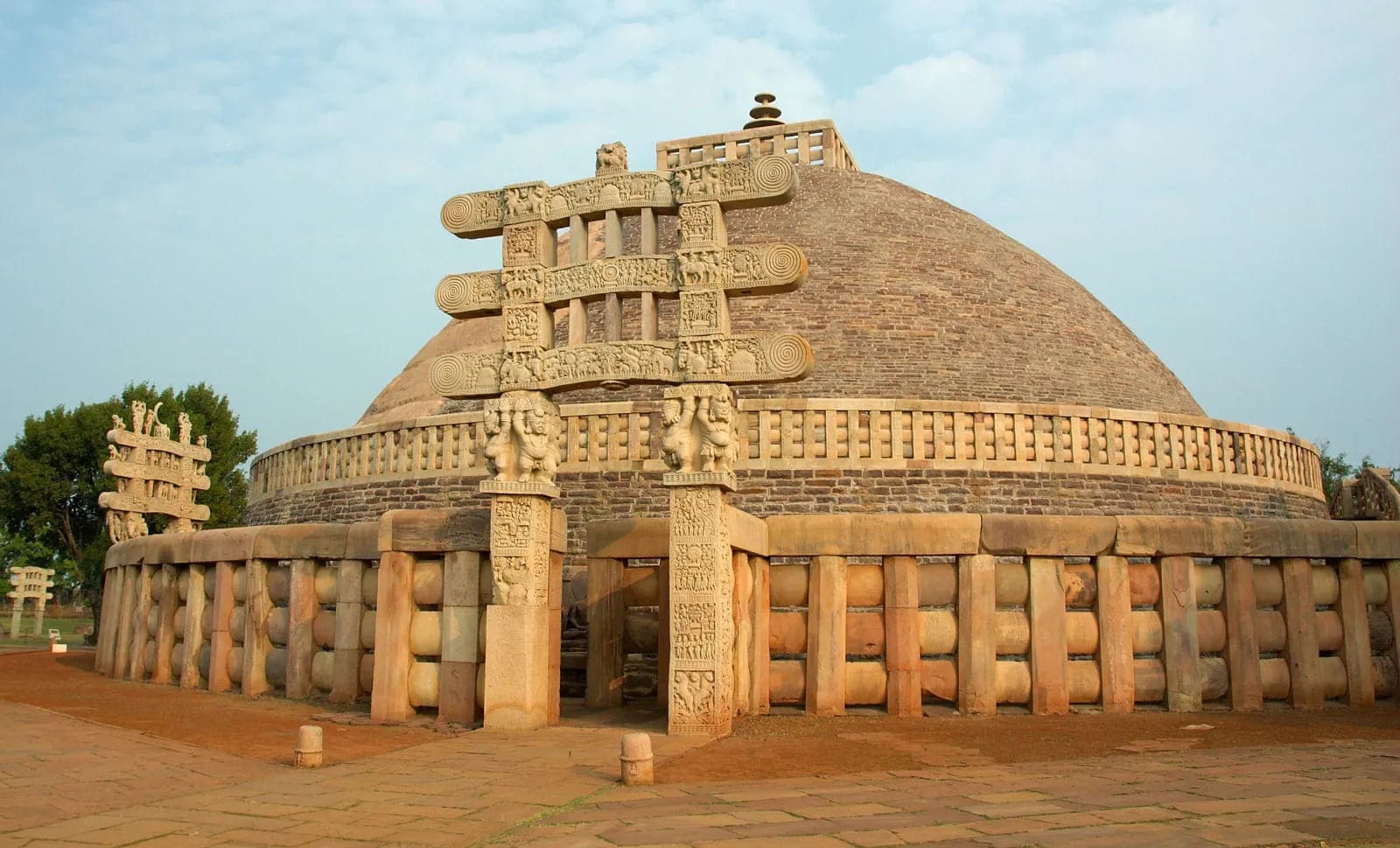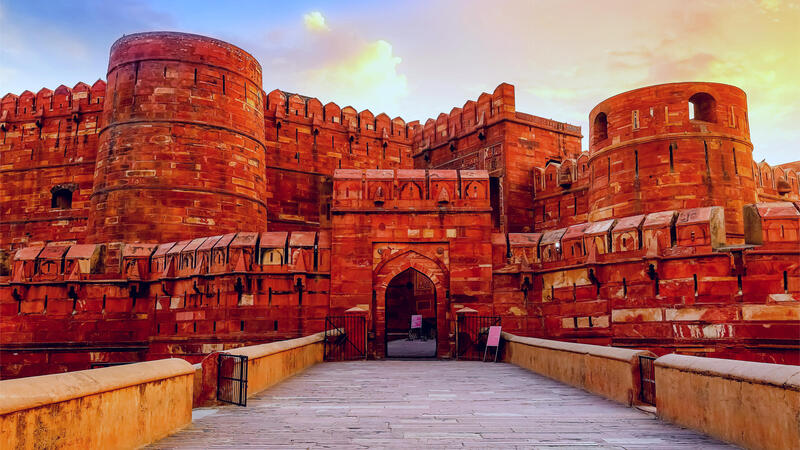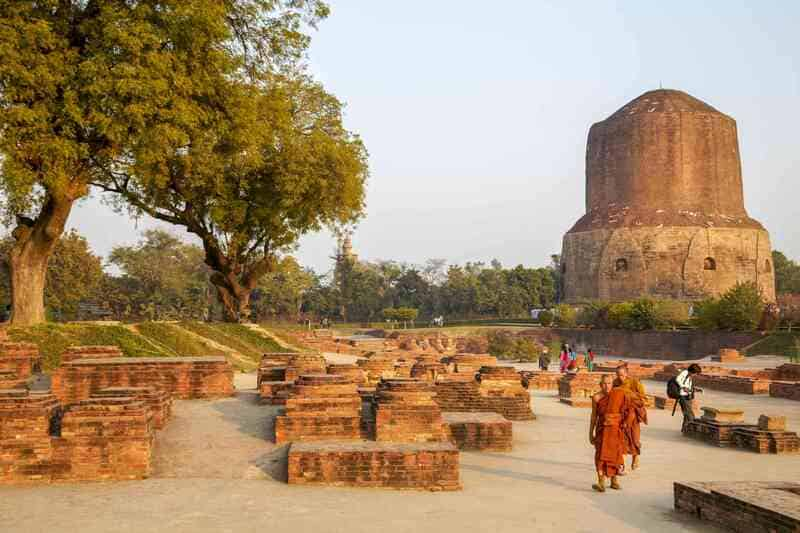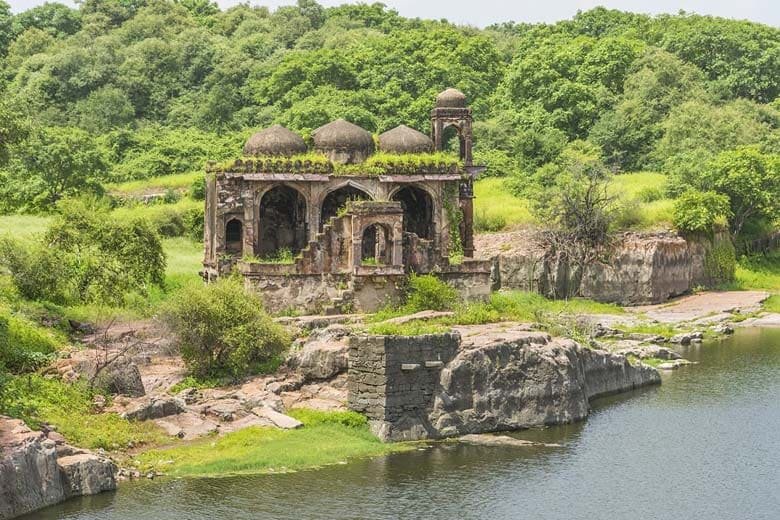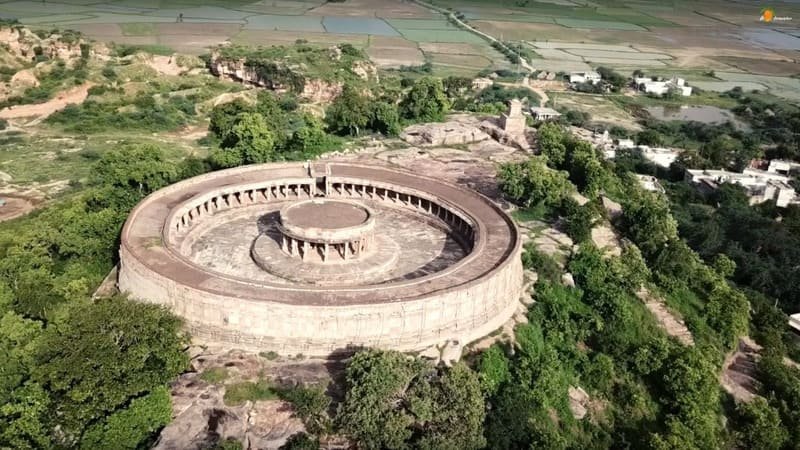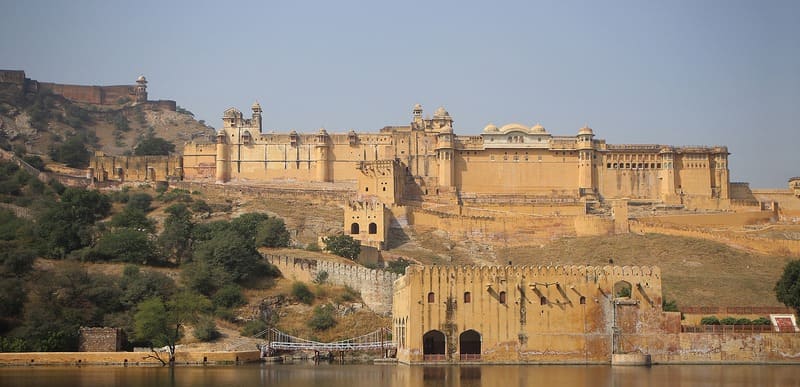
Amer Fort, Jaipur .
Amer Fort, Devisinghpura, Amer, Jaipur, Rajasthan 302001, India.
Located in the pink city of Jaipur, the Amer Fort is one of the most popular tourist attractions in India. This magnificent fort is a stunning example of Rajput architecture and design and offers a glimpse into the rich cultural heritage of Rajasthan. The Amer Fort was built by Raja Man Singh in the 16th century and was later expanded and renovated by several Rajput kings. In this blog, we will explore the history, architecture, and significance of the Amer Fort in Jaipur.
History
The history of Amer Fort dates back to the 16th century when Raja Man Singh, a trusted general of the Mughal emperor Akbar, decided to build a fort on the Aravalli range. The fort was built as a military stronghold to protect the kingdom from invading forces.
The fort was constructed using red sandstone and marble and was strategically located on a hilltop, which provided a clear view of the surrounding landscape. The fort was designed to withstand attacks and was equipped with several defensive structures, including ramparts, bastions, and watchtowers.
Over the years, the Amer Fort was expanded and renovated by several Rajput kings, who added several new palaces and structures to the fort complex. Raja Jai Singh I, who ruled from 1621 to 1667, was particularly instrumental in the expansion and renovation of the fort. He added several new structures, including the Diwan-i-Khas, the Sukh Niwas, and the Sheesh Mahal, which are some of the most impressive structures in the fort complex.
The fort also served as a royal residence and was a symbol of the power and wealth of the Rajput kings. The fort was home to several important artifacts and objects of historical and cultural significance, including paintings, sculptures, and weapons.
The Amer Fort played a significant role in the history of Rajasthan, as it was an important site of battles and conflicts. The fort was attacked and captured by several invaders, including the Marathas and the British, before finally falling into the hands of the Indian government after independence.
Today, the Amer Fort is one of the most popular tourist attractions in India and attracts thousands of visitors each year. The fort offers a glimpse into the rich cultural and historical heritage of Rajasthan and is an important symbol of Rajput culture and heritage. The fort is a testament to the power and wealth of the Rajput kings and is a must-visit destination for anyone interested in history and architecture.
Architecture
Amer Fort, also known as Amber Fort, is a UNESCO World Heritage Site located in Jaipur, Rajasthan, India. It is a prime example of Rajputana architecture, which combines elements of Hindu and Islamic styles.
The fort was built by Raja Man Singh I in the 16th century, and it served as the capital of the Kachwaha Rajputs until Jaipur was established in the 18th century. The fort was expanded and renovated over the centuries by several rulers, including Jai Singh I, Jai Singh II, and Sawai Man Singh II.
One of the most striking features of Amer Fort is its location. The fort is situated on a hill, overlooking the Maota Lake, which provides a stunning backdrop to the fort. Visitors can reach the fort by either taking an elephant ride or walking up the hill through a winding path.
The fort is built using red sandstone and white marble, and it is designed in a way that blends with the surrounding landscape. The fort has several courtyards, palaces, and halls, each with its own unique architectural features.
One of the most famous attractions of the fort is the Sheesh Mahal, or the Palace of Mirrors. The palace is adorned with thousands of tiny mirrors, which reflect light and create a dazzling effect. The mirrors were designed to keep the palace cool in the hot summers and warm in the cold winters.
Another interesting feature of the fort is the Diwan-e-Khas, or the Hall of Private Audience. The hall is designed in a way that amplifies sound, and it was used for private meetings between the ruler and his courtiers.
The fort also has several gardens, including the Kesar Kyari Bagh, which is a saffron garden, and the Dilaram Bagh, which is a flower garden.
Overall, Amer Fort is a stunning example of Rajputana architecture and is a must-visit destination for anyone interested in Indian history and architecture. The fort's unique location, stunning views, and intricate architectural details make it a popular attraction for tourists from all over the world.
Significance
The Amer Fort is an important symbol of Rajput culture and heritage. The fort served as a center of Rajput culture for centuries and is home to several important artifacts and objects that are of historical and cultural significance. The fort also played a significant role in the history of Rajasthan, as it served as a military stronghold and was an important site of battles and conflicts.
Today, the Amer Fort is a popular tourist attraction in India and attracts thousands of visitors each year. The fort offers a glimpse into the rich cultural and historical heritage of Rajasthan and is a must-visit destination for anyone interested in history and architecture.
Conclusion
The Amer Fort in Jaipur is a magnificent example of Rajput architecture and design and is an important symbol of Rajput culture and heritage. The fort has played a significant role in the history of Rajasthan and is an important site of cultural and historical significance. Today, the Amer Fort is a popular tourist attraction in India and is a must-visit destination for anyone interested in the rich cultural and historical heritage of Rajasthan
